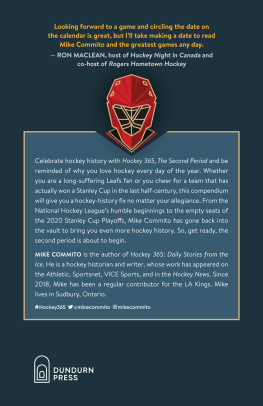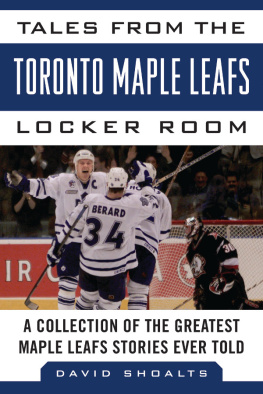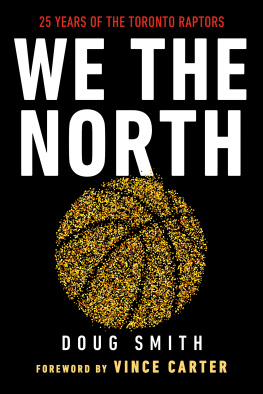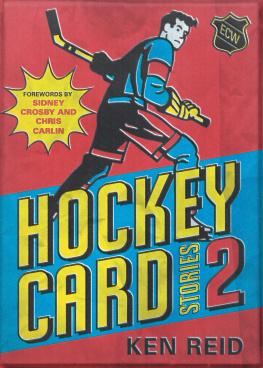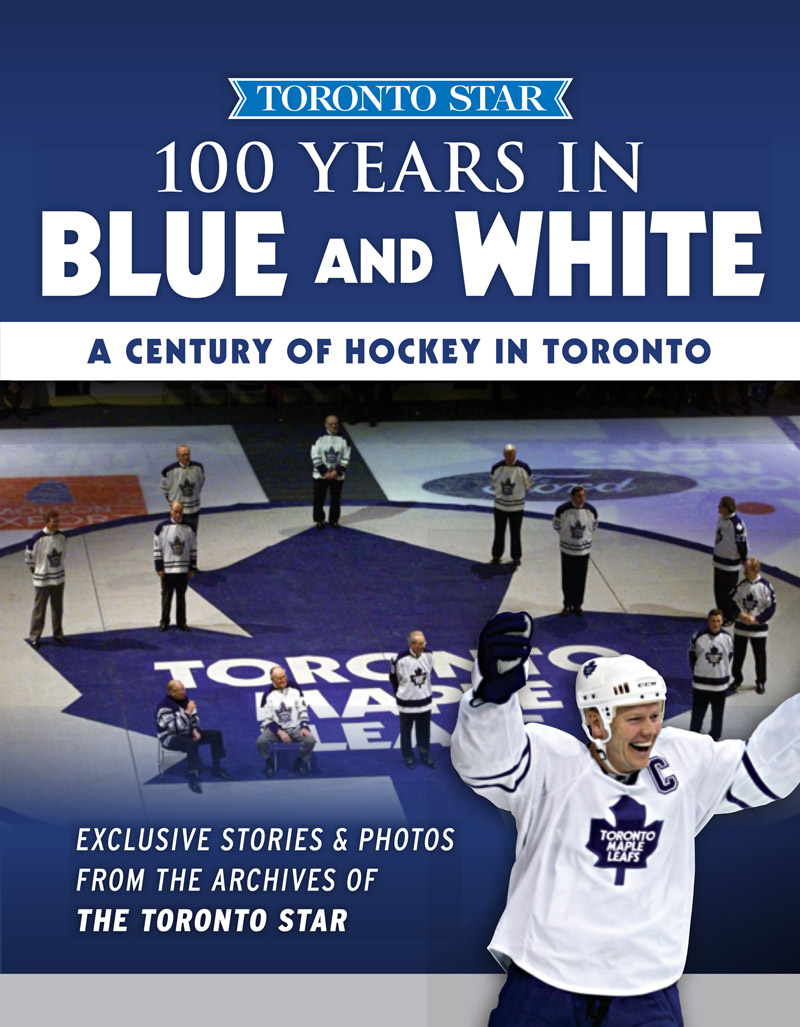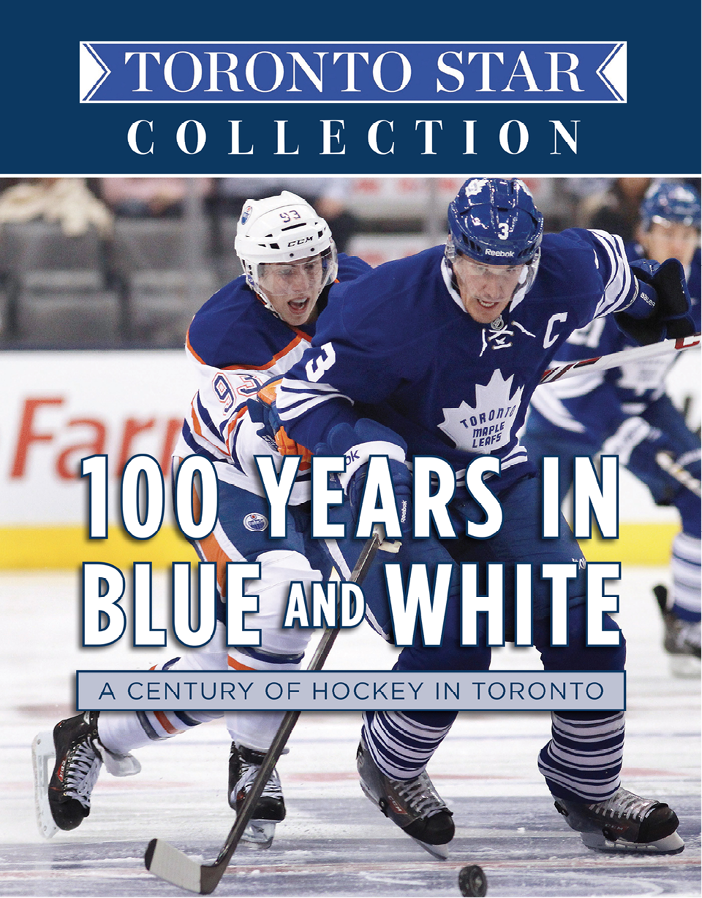
Contents
19171927: The Beginning
The Maple Leafs actually begin life as the Montreal Canadiens before morphing into the Toronto Blueshirts, then the Arenas, later the St. Patricks and finally the team we know today.
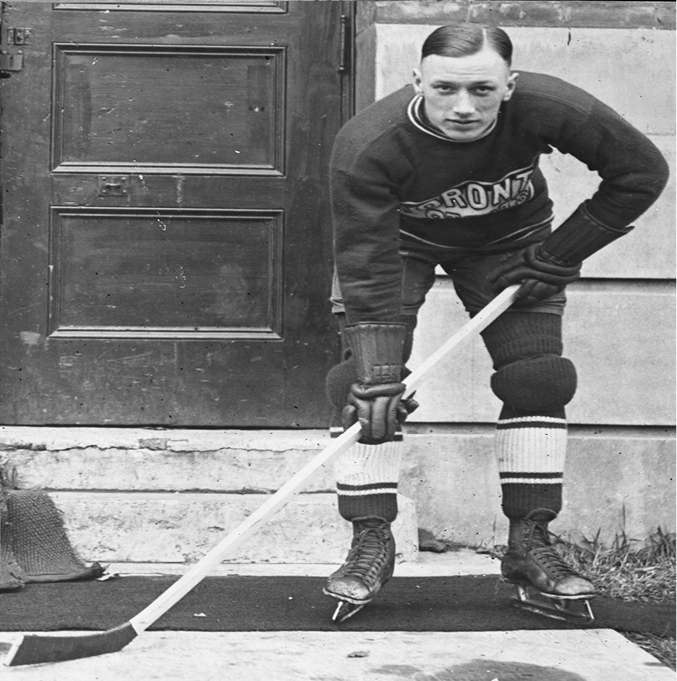
Ace Bailey led the Toronto St. Pats in scoring in 192627 with 28 points in 42 games. (Nat Turofsky/HHOF Images)
FAST FACTS
The National Hockey League comes into being on November 26, 1917 and begins to compete for the Stanley Cup.
The Toronto Arenas, a charter member of the NHL, win 13 of 22 regular season games in 191718, then go on to win the Stanley Cup.
The Arenas are renamed the Toronto St. Patricks before the 191920 season. The St. Pats finish with a 1212 record and miss the playoffs.
Cecil Babe Dye signs with the St. Patricks in December 1919 and scores 11 goals in 23 games in his first season. He then leads the team in scoring for the next five seasons.
John Ross Roach takes over in goal in 1921 and leads the St. Patricks to their first and only Stanley Cup victory in March 1922.
Foster Hewitt does first radio broadcast of a hockey game on March 22, 1923a senior game between Kitchener and Toronto Parkdaleon Canada Covers America First, a radio station owned by the Toronto Star.
Clarence Hap Day is signed in 1924 by the St. Pats. He is named captain of the Maple Leafs in 1927 and plays 14 seasons in Toronto. Day is then hired as the Leafs coach in 1940, winning five Stanley Cup championships in the next 10 years.
Ace Bailey joins the team for the 192627 season and leads the St. Patricks with 28 points in 42 games.
New owners led by Conn Smythe pay $160,000 for the St. Patricks in January 1927 and announce that they will rename the team The Toronto Maple Leaf Hockey Club Limited.
The Surprising Roots of the Toronto Maple Leafs
By Jim Proudfoot Published: December 8, 1990
An absolutely astounding piece of historical information has just come to light. Youre going to find it difficult to believe but its authenticity is beyond question. So prepare to be amazed, and then read on.
The Toronto Maple Leafs started life as the Montreal Canadiens. No kidding. They really did.
Now the Montreal-Toronto rivalry isnt as bitter as before. It used to be a feud like no other in the National Hockey League. Were talking bloodshed here, folks. But enough excitement is left to create a lively demand for tickets to next Wednesdays game at Maple Leaf Gardens, the Canadiens against the Buds. This remains the matchup local connoisseurs ache to witness, hoping for a return of the old magic.
Under the circumstances, then, its really a gem authors Joseph Romain and James Duplacey unearthed in researching The Toronto Maple Leafs: Images of Glory , their handsomely illustrated tale of the franchise.
The Montreal Canadiens were charter members of the National Hockey Association, which was formed in 1909 and would exist for eight winters before becoming the National Hockey League. After that initial season, the NHA heard from a gentleman named George Kennedy. He owned what was called the Club Athletique Canadien in Montreal and was threatening the NHA with legal action for stealing a name that belonged to him, officially.
He was offering a way out, however. Hed call off his attorneys, he said, if he were licensed to operate a team in the NHA. So the struggling Haileybury, Ont., club was uprooted and transferred to Montreal where Kennedy was installed as owner. Naturally, he called his outfit Les Canadiens.
Meanwhile, the original 190910 Canadiens were sold to Toronto people, who waited until the Mutual St. Arena was completed in 1912 and then entered NHA competition as the Blueshirts. The Blueshirts later became the Arenas, who became the St. Patricks, who became the Maple Leafs in 1927 after being purchased by the late Conn Smythe. They moved to their present home in 1931.
But its clear the Leafs of today are descended directly from the organization that came into being as the Montreal Canadiens.
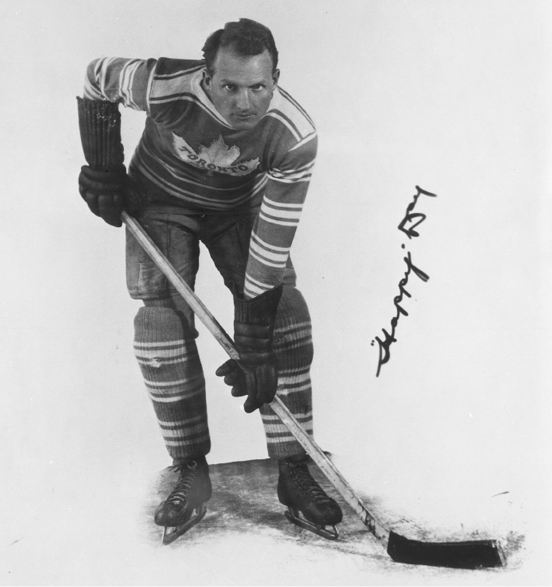
Hap Day played 14 seasons for Toronto before taking over as the Leafs coach in 1940. (Nat Turofsky/HHOF Images)
Charles Coleman made a vague reference to this in The Trail of the Stanley Cup , which is the main source for any history of hockey, says Joe Romain. We realized it would be important in any history of the Leafs. So we did some more digging.
Simultaneously, York professor Frank Cosentino was preparing The Renfrew Millionaires and from different archives altogether, made the identical discovery. The Millionaires also played in that first league, which is why the strange birth of the Leafs came to his attention.
The Blueshirts would have been contenders immediately if theyd inherited the Canadiens players with the franchise. Among them were Jean Baptiste Laviolette and Didier Pitre, two of the most talented Francophones ever to wear skates. But NHA rules didnt allow them to leave Quebec.
Still, the Blueshirts managed to assemble five athletes who would eventually be enshrined in the Hall of Fame: Frank Nighbor, Harry Holmes, Frank Foyston, Jack Marshall and Harry Cameron. With a few changes, they won the Stanley Cup in 1914.

Eddie Livingston, who already owned the Toronto Tecumsehs, purchased the Blueshirts in 1915 and merged them as the Arenas when the league wouldnt let him run two teams. Despite winning the newborn NHLs first Stanley Cup championship in 1918, the Arenas folded with two games to go a year later. The proprietors started over again that autumn as the St. Patricks and were rewarded with another Stanley Cup three years later. Smythe took over and changed the name, the colors and the logo in keeping with an intense patriotism, which would never waver.
If only for the wonderful old photos, Images of Glory is worth its enormous ($29.95) price. But the yarns are terrific, too. For example, Romain and Duplacey tell about a game at Mutual St. in 1926 when the St. Pats Babe Dye lost his temper, seized the only puck in the building and sulkily refused to give it back to referee Bobby Hewitson. He remained adamant despite pleas from his teammates, the opposition and the spectators, of course. Finally, Hewitson cancelled the game and awarded it to the visitorsthe Montreal Canadiens, naturally.
Editors note: The Toronto Maple Leafs: Images of Glory by James Duplacey and Joseph Romain was published by Canada McGraw-Hill Ryerson, Limited in 1990.
Dennenay Sparks Arenas Sensational Cup Victory
Published: April 1, 1918
That the Stanley Cup sojourns in Toronto and not in Vancouver for the summer months, is due to a blue-clad player about the size of a pint of cider or a 30-second minuteCorbett Dennenay, the Cornwall boy who has been Torontos pinch hitter for a couple of seasons.
Young Dennenay, who has everything that goes to make up a star pro player but size, came through with the goal tht won the cup series for Toronto within nine minutes of the completion of the hours play in the final game of the series at the Arena Saturday night.



